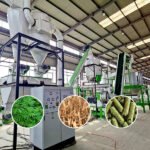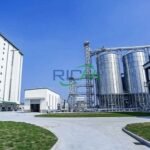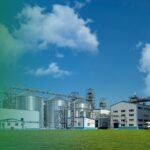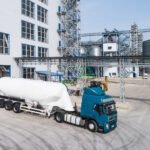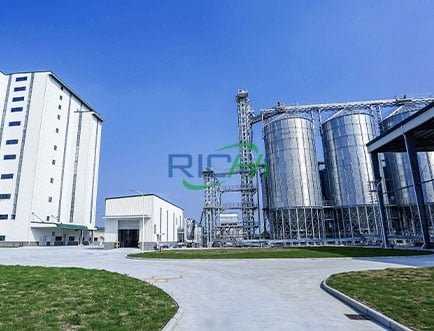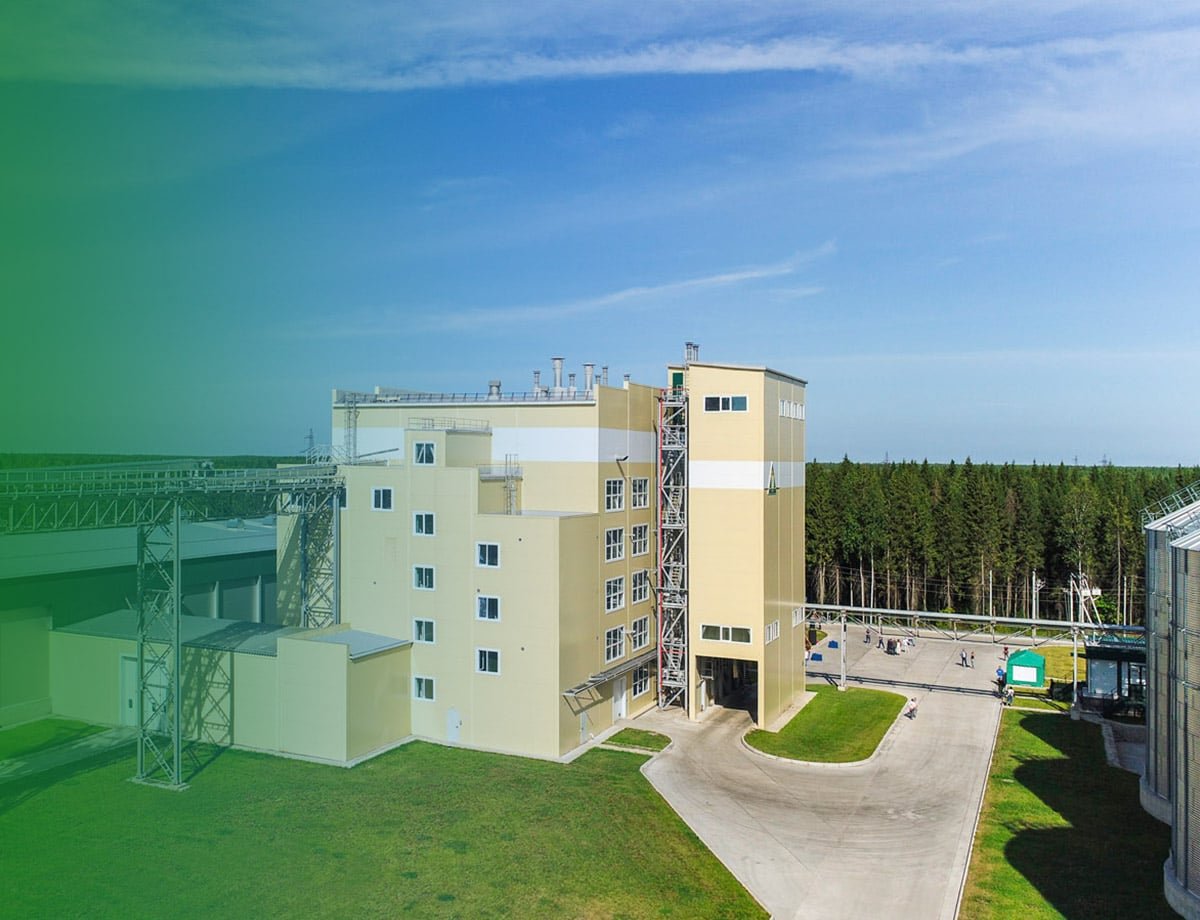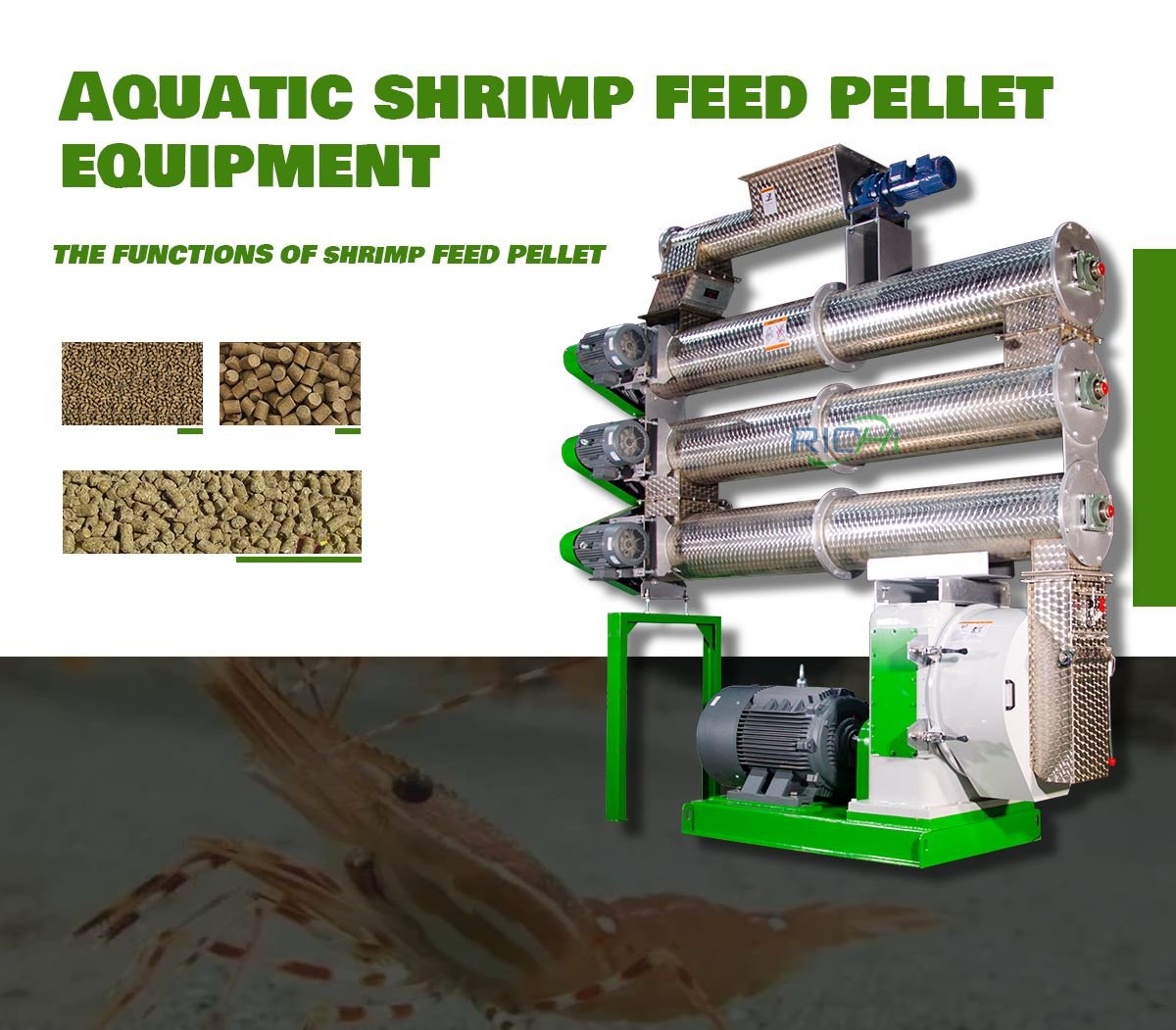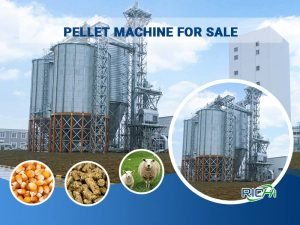Fish feed pellet making machines are versatile pieces of equipment designed to produce various types of fish feed. When it comes to extruded feed, which is becoming increasingly popular in aquaculture due to its numerous benefits, the question arises: Can fish feed pellet making machines process extruded feed?
The answer is yes, but with some important considerations and distinctions. This article explores the capabilities of fish feed pellet making machines in processing extruded feed, the benefits of extruded feed, and the specific requirements for its production.
Understanding Extruded Fish Feed
Extruded fish feed is a type of feed that undergoes a specific production process involving high temperature, high pressure, and moisture. This process results in a feed with unique characteristics:
- Expanded structure: Extruded feed has a porous texture, which can be made to float or sink as desired.
- Improved digestibility: The extrusion process gelatinizes starches, making them more digestible for fish.
- Better water stability: Extruded pellets typically maintain their integrity in water for longer periods.
- Enhanced nutrient retention: The process allows for better incorporation of fats and oils.
Types of Fish Feed Pellet Making Machines
There are several types of fish feed pellet making machines, but not all are suitable for producing extruded feed:
- Dry Type Fish Feed Extruder:
- While called an “extruder,” this machine typically produces compressed pellets rather than true extruded feed.
- It’s more suitable for small-scale production and doesn’t provide the high temperature and pressure required for extrusion.
- Wet Type Fish Feed Extruder:
- This machine is capable of producing extruded feed.
- It incorporates a pre-conditioning step and can achieve the high temperature and pressure necessary for extrusion.
- Twin-Screw Extruder:
- This is the most advanced and suitable machine for producing high-quality extruded fish feed.
- It offers precise control over temperature, pressure, and shear forces during the extrusion process.
- Ring Die Pellet Mill:
- While effective for producing compressed pellets, this machine is not suitable for extruded feed production.
- Flat Die Pellet Mill:
- Similar to the ring die pellet mill, this machine produces compressed pellets and cannot create extruded feed.
Capabilities of Wet Type Fish Feed Extruders and Twin-Screw Extruders
Wet type fish feed extruders and twin-screw extruders are the machines capable of processing extruded feed:
- Temperature Control:
- These machines can reach and maintain the high temperatures (130-150°C) required for extrusion.
- Pressure Regulation:
- They can generate the high pressure (40-60 atmospheres) necessary for the expansion of feed particles.
- Moisture Management:
- Equipped with pre-conditioners, these machines can adjust and control moisture content crucial for extrusion.
- Shear Force Application:
- The screw design allows for the application of shear forces that contribute to the restructuring of feed ingredients.
- Flexibility in Feed Characteristics:
- These machines can produce floating, slow-sinking, or sinking extruded pellets by adjusting processing parameters.
Benefits of Using Extruders for Fish Feed Production
Extruders offer several advantages in fish feed production:
- Improved Feed Conversion Ratio (FCR):
- Extruded feed is more digestible, leading to better nutrient utilization and improved FCR.
- Reduced Water Pollution:
- Better water stability of extruded pellets results in less feed dissolution and reduced water pollution.
- Versatility in Ingredient Use:
- Extruders can process a wide range of ingredients, including those with high fat content.
- Enhanced Feed Safety:
- The high temperature in extrusion can eliminate certain pathogens, improving feed safety.
- Customization of Feed Properties:
- Extrusion allows for precise control over pellet density, enabling the production of floating or sinking feed as required.
Considerations for Extruded Feed Production
While fish feed pellet making machines like wet type extruders and twin-screw extruders can process extruded feed, there are important considerations:
- Investment Cost:
- Extruders capable of producing high-quality extruded feed are generally more expensive than simple animal feed pellet mills.
- Energy Consumption:
- The extrusion process requires more energy compared to conventional pellet production.
- Expertise Required:
- Operating extruders for optimal results requires more technical knowledge and experience.
- Formulation Adjustments:
- Feed formulations may need to be adjusted to suit the extrusion process.
- Post-Extrusion Processing:
- Additional equipment like dryers and coolers are often necessary for extruded feed production.
Case Studies and Industry Trends
Several case studies highlight the successful use of extruders in fish feed production:
- A large aquafeed manufacturer in Norway reported a 15% improvement in FCR after switching to extruded feed produced with a twin-screw extruder.
- A tilapia farm in Thailand saw a 20% reduction in water pollution and improved growth rates after implementing extruded floating feed produced by a wet type fish feed extruder.
- A research facility in Japan used a small-scale twin-screw extruder to develop specialized feeds for ornamental fish, resulting in enhanced coloration and health of the fish.
Industry trends indicate a growing preference for extruded fish feed:
- Increasing adoption of extruders in commercial fish feed production.
- Research focusing on optimizing extrusion parameters for different fish species and life stages.
- Development of more energy-efficient extrusion technologies.
Conclusion
Fish feed pellet making machines, specifically wet type fish feed extruders and twin-screw extruders, are indeed capable of processing extruded feed. These machines offer the necessary control over temperature, pressure, and moisture required for the extrusion process. The resulting extruded feed provides numerous benefits including improved digestibility, better water stability, and the ability to produce floating or sinking pellets as needed.
However, it’s important to note that not all fish feed pellet making machines are suitable for extruded feed production. Dry type extruders, ring die pellet mills, and flat die pellet mills are more suited for producing compressed pellets rather than true extruded feed.
For fish farmers and feed manufacturers considering the production of extruded feed, investing in a suitable extruder can lead to significant improvements in feed quality and fish performance. However, this decision should be balanced against factors such as production scale, target fish species, and economic considerations.
As the aquaculture industry continues to grow and evolve, the demand for high-quality, efficient fish feed is likely to increase. Extruded feed, with its numerous advantages, is poised to play a significant role in meeting this demand.
Therefore, understanding the capabilities and requirements of fish feed pellet making machines in processing extruded feed is crucial for anyone involved in fish feed production or aquaculture.


